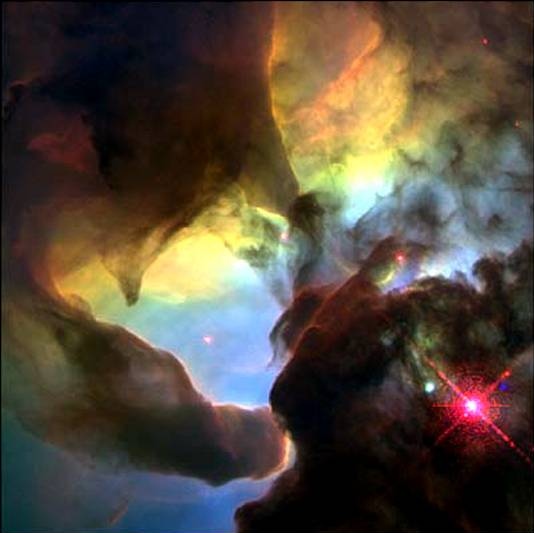
Submitting an abstract does not register you for the conference.
#Dwarf galaxy pairs hubble space telescope images registration
Registration will be open on June 20, 2023. From the portal, you may also use the conference registration link to register for the conference.If you are entering more then one abstract you will need to complete the Abstract Submission Form again.To add comments or additional attachments simply click on the abstract you need.From the JWST First Year of Science portal you will be able to see your abstract submissions under “My Abstract Submission”.You are able to include attachments if needed. Required fields on the Abstract Submission form are marked with a red asterisk. Click on Abstract Submission to submit an abstract for the conference.If you don’t already have a MyST Account, please click on the "Request a MyST Account" to create one. You are required to have a MyST account to login to the JWST First Year of Science Conference Portal. The lenticular galaxy NGC 5283 is the subject of a NASA Hubble Space Telescope image.Please submit your abstract online for the First Year of JWST Science Conference.All abstracts will be reviewed by the Science Organizing Committee. Observing programs like this one let Hubble move gradually from one observation to another while still gathering data, ensuring every minute of the observing time of the space telescope is used.The abstract submission deadline is Friday, July 21, 2023. In the process, Hubble could help scientists better understand the basic characteristics of local galaxies. It is hoped that the project will eventually resolve the brightest stars of every known galaxy within around 10 megaparsecs, or 32 million light-years, of the Milky Way. The dwarf galaxy lies 30 million light-years away, in the southern constellation Pyxis. The black hole is apparently contributing to the firestorm of new star formation taking place in the galaxy. According to NASA, these gaps are necessary because it is inefficient for Hubble to make back-to-back observations of objects that are in opposite parts of the sky. A black hole at the heart of the dwarf galaxy Henize 2-10 is creating stars rather than gobbling them up. The observation program that aims to capture the neighboring galaxies of the Milky Way utilizes the 2% to 3% of Hubble's time that falls between other observations. Can you see the cosmic 'cat' grinning into one of the world's largest telescopes in this photo? (video) Hubble telescope reels in gorgeous, star-spawning cosmic jellyfish (photo) The small galaxy consists of a diffuse band of stars containing red bubbles of gas that mark regions of recent star formation and lies roughly 26 million light-years from Earth in the constellation Corvus. Milky Way's cosmic neighbors help bring ancient galaxies into focus UGCA 307 hangs against an irregular backdrop of distant galaxies in this image from the NASA/ESA Hubble Space Telescope.

Elliptical galaxies are rarer than spiral galaxies and tend to have completely oval or round shapes. This new image from the Hubble Space Telescope shows a small galaxy called the Sagittarius dwarf irregular galaxy, or 'SagDIG' for short. This latter class of galaxies is also believed to be born from the merger of spiral galaxies. Larger irregular galaxies may also represent a step in galactic evolution between a spiral galaxy and a galactic type called an elliptical galaxy. As it loses material, the weaker galaxy may become distorted, taking on a new shape.Īlternatively, irregular galaxies could be created when two galaxies collide, resulting in a new, single galaxy lacking a well-defined shape. For instance, if two spiral galaxies pass each other, the one with the strongest gravitational influence could pull at material from the other. can explain why there are so many dwarf galaxies orbiting the Milky Way now. NASA says that the odd shapes of irregular galaxies may emerge as the result of interactions between two galaxies. Even in the deepest images from the Hubble Space Telescope we see that the.

The shapes of these galaxies can range from flattened spheres like ESO 174–1, to long toothpick-like galaxies, to ring-shaped galaxies. Because of its 13-billion-year-old age, and its isolation which resulted in hardly any interaction with other galaxies the dwarf is the astronomical equivalent of a living fossil from the early universe. Irregular galaxies can range from dwarf irregular galaxies with masses equivalent to around 100 million times that of the sun's mass to much larger galaxies with around 10 billion solar masses.

This is because it is an example of an irregular galaxy, a class of galaxies that has a wide spectrum of both shapes and sizes.


 0 kommentar(er)
0 kommentar(er)
